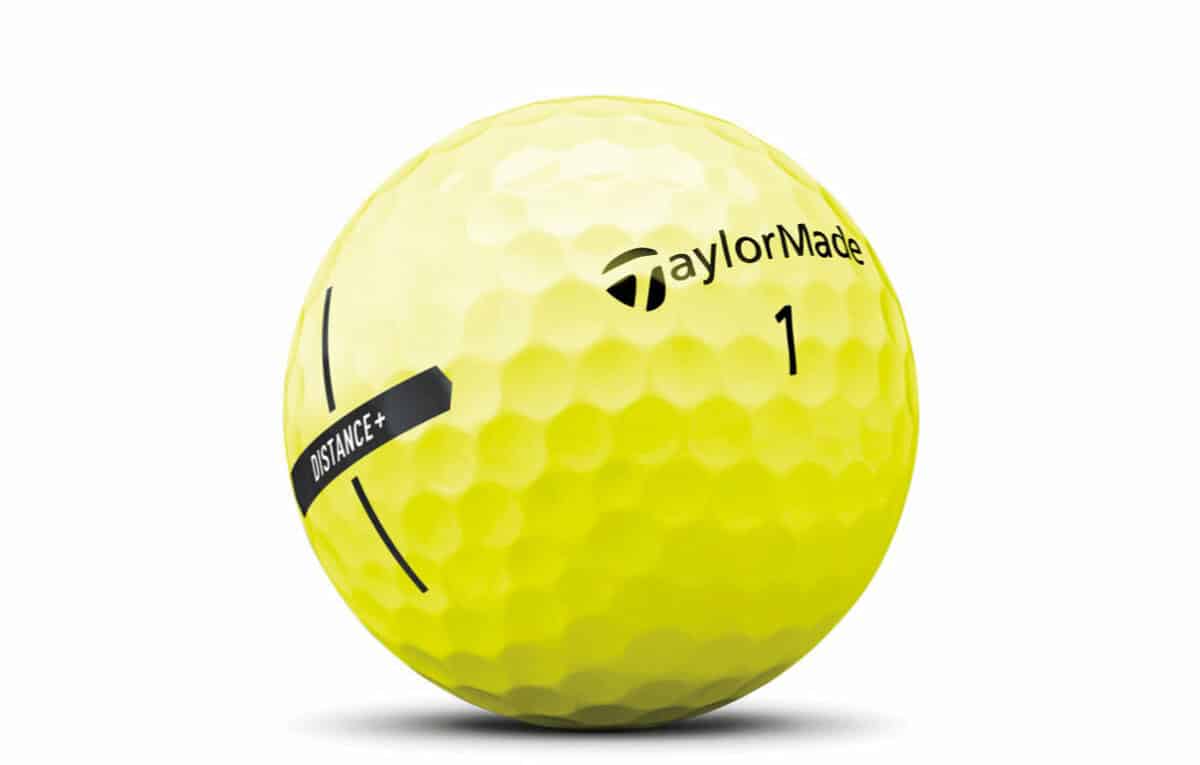Why Matte Finish Golf Balls?
For generations, the classic golf ball has featured a glossy white finish. But in recent years, matte or flat finish golf balls have surged in popularity.
Nearly every major brand now manufactures balls with a non-glossy matte coat. But what is the reason for this shift to matte finish layers? Let’s examine the history, benefits, and technology behind the matte golf ball trend.

The Dominance of Glossy Balls
Up through the 2000s, nearly all golf balls had an exterior gloss coat whether urethane, surlyn or balata cover. This high-gloss shine was the standard look players expected. Before that, wound balata balls featured a matte appearance.
Bright white and shiny became the preference, both for appearance and helping locate balls in the rough. Reflectivity assists in spotting balls in flight too.
But complaints of glare and visibility issues, especially in sunny conditions, persisted among some golfers. Manufacturers took note and matte finishes emerged.
Who Uses Matte Golf Balls?
Here are the primary golfer profiles who favor matte finish balls:
- Golfers affected by glare sensitivity or vision issues like cataracts. The reduction in shine helps visibility.
- Amateurs who play primarily in sunny and dry conditions. Non-glossy finishes stand out better.
- Mid to high handicap players. Matte covers emphasize alignment aids.
- Golfers are partial to colored balls. Matte coats prevent dye bleeding.
- Players seeking balls that mimic a clean new ball appearance even when scuffed.
While some better players use matte balls, visibility benefits attract many amateurs.
Benefits of Matte vs Glossy Balls
Here are the major advantages of matte finish layers compared to glossy covers:
- Reduce glare from sunlight for improved visibility.
- Enhanced optics stand out against grass, trees, dirt and other terrain.
- Allow incorporating helpful visual alignment aids onto covers.
- Provide a bright consistent white appearance as covers wear.
- Prevent obnoxious shine under indoor simulator lighting.
- Offer a non-distracting finish at address and impact.
Matte covers solve many of the optical issues associated with gloss finishes.
Technologies Behind Matte Coatings
Chemistry innovations enable matte coatings to match the durability of gloss while increasing visibility:
- Texturing additives mixed into urethane and surlyn create matted effects.
- Acid etching applied post-molding removes surface sheen.
- Nanoparticle flattening agents minimize light reflection.
- Satin additive blends reduce gloss through light scatter.
- Matte colors and paints hide scuffs better than gloss tints.
Advances allow matte covers to match performance of shiny finishes.

Matte Cover Golf Ball Options
Many top ball models now offer matte alternatives. Here are some notable matte finish choices across price tiers:
Tour Level
- Titleist Pro V1 and Pro V1x
- TaylorMade TP5 and TP5x
- Srixon Z-Star line
Premium Amateur
- Callaway Chrome Soft and Supersoft
- Bridgestone e6 and e12 lines
- Titleist AVX
Distance/Value
- Noodle and Pinnacle brands
- Wilson Duo and Infinity
- Snell MTB Red/Black
Matte covers span all categories – so finding one suited for your game is easy.
Consider Personal Preference
Beyond the functional visibility benefits, other factors come into play around matte versus glossy balls:
- Some golf purists favor the classic gloss ball look and feel.
- Matte covers skip and skid more coming off wedge shots.
- Bright matte colors like yellow stand out best on the course.
- Gloss better suits wet conditions whereas matte works best dry.
- For collecting and display, glossy completes the vintage appearance.
While matte has advantages, personal preference factors are too. Test both to decide which you like.
Matte Isn’t Completely Glare-Proof
It’s important to note that while matte finishes significantly reduce glare, they don’t eliminate it. The round shape of the ball still reflects light.
And as matte ball covers age, micro-scratches degrade the glare resistance over time. Keeping ball covers clean and smoothly textured maximizes glare reduction.
But glare simply can’t be avoided completely with spherical white objects like golf balls. Matte helps minimize, not eliminate.
Added Importance of Alignment Aids
For mid to high handicappers, maximizing the alignment benefits of matte finishes can improve performance and consistency.
Many matte balls incorporate helpful visual guides like:
- Dotted lines assisting setup position.
- Dashed lines for putting to improve aim.
- Colored poles on the sides indicate face angle.
Taking time to properly line up aided by matte graphics removes variables and takes guesswork out of aiming.
Give Matte Balls a Fair Try
In summary, matte finish golf balls offer compelling optics and visibility advantages that make them a smart choice for many players, especially amateurs.
While glossy coats aren’t going away given classic preferences, matte provides real benefits. So give them an extended on-course play test yourself. With an open mind, you may find matte finishes best align with your eye and preference.
Let your specific needs and tendencies guide the gloss vs matte decision. While personal taste differs, matte’s popularity is no passing fad. Visibility-enhancing matted covers are here to stay as a great option for golfers.
